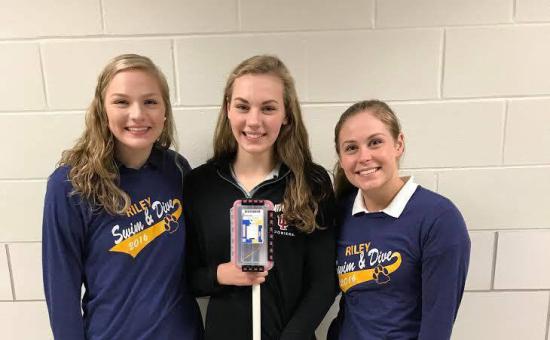Advocate: Innovation Fair affords STEM students opportunity to present designs
03/21/2018
Advocate contributor Matt Modlin, a teacher and the technology and engineering magnet coordinator at Riley High School in South Bend, shared his students’ growth and successes working with Project Lead the Way on an Innovation Fair.
Riley High School’s Engineering & Technology Magnet Program began in 2005 by implementing Project Lead the Way (PLTW) engineering curriculum. Students in the program are introduced to engineering through sketching, design, 3-D modeling and prototyping. The second-year students are taught how to apply physics and math through robotics and design problems. The third-year students choose between electronics, architecture, computer science or environmental sustainability classes. Students finish the program with a capstone design course, combining everything they have learned in school.
The capstone design course begins by having students determine their areas of interest. They then identify potential problems related to their interests, which tends to offer the biggest challenge. How often does anyone think about what they truly love, what they are good at and what they are truly interested in? This method allows the projects to vary from team to team, class to class, year to year.
After students have identified the problem, they research and further investigate to see if anyone else has experienced the problem and gather input from stakeholders. Next, students see if there have been any other attempts at solving the problem and identify what is good about those attempts and what needs improvement.
Students design a solution to their problem using Arduino, an open-source electronic platform, for electronic and robotic projects along with 3-D printing for mechanical prototyping. After developing a prototype, students then have to provide evidence through testing. They develop a testing procedure much like they would for a science class lab report.
In the end, students present their design process and prototype to the South Bend community at Riley’s annual Innovation Fair. Some prototypes are highly successful, while other teams will look to the future for further development. By focusing on the process rather than the outcome, students are empowered to take risks in their design and push their abilities to the limit.
All in all, the class is fun to lead and guide students through the process!
Read more about great things happening in our community public schools.
